May 22, 2025

Star trail photography is one of the most captivating forms of night photography. It captures the apparent movement of stars across the sky, forming dreamy arcs or circles. This happens due to Earth’s rotation, and with the right setup, you can create these surreal effects in your own backyard or a remote location. It’s not as complicated as it seems—with just a camera, a sturdy tripod, and a little patience, you can start creating magical long-exposure shots that look like they belong in a sci-fi film.
Whether you're a curious beginner or looking to expand your astrophotography skills, this guide will walk you through every step—from choosing your location and gear, to settings and editing techniques.
To photograph stunning star trails, location is everything. You'll need to escape the light pollution of urban areas to truly capture the night sky. Light pollution—created by artificial lighting in cities—can obscure stars and reduce the overall visibility of the Milky Way and other celestial bodies.
Best Locations:
Timing:
Tip: Check for dark sky reserves or stargazing locations specifically designed for astrophotography.
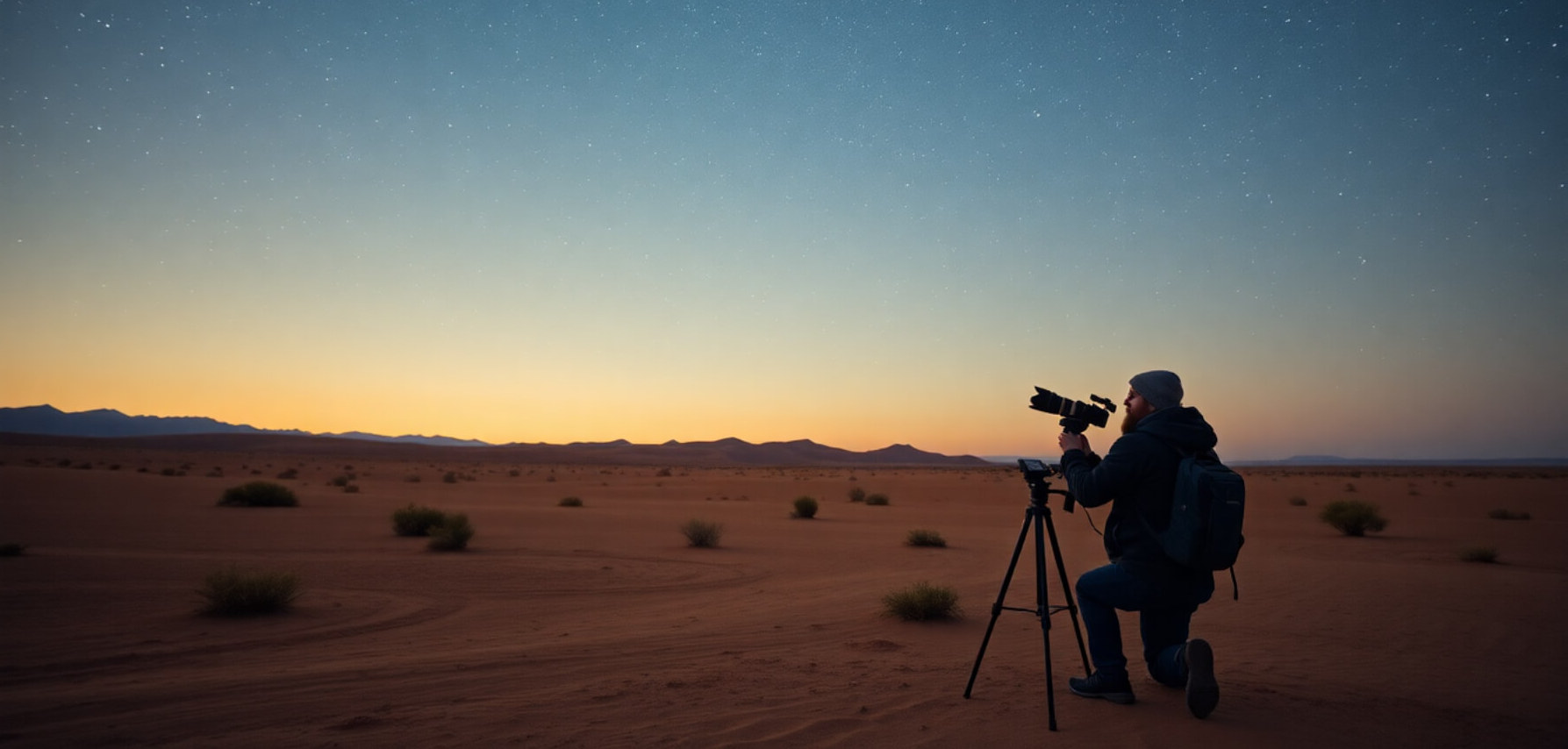
For star trail photography, you don't need high-end, professional equipment. However, a few key pieces of gear can make a big difference in the quality of your photos:
Essential Gear:
Beginner Tip: If you're new to astrophotography, start with an entry-level camera that offers manual controls, and work your way up.
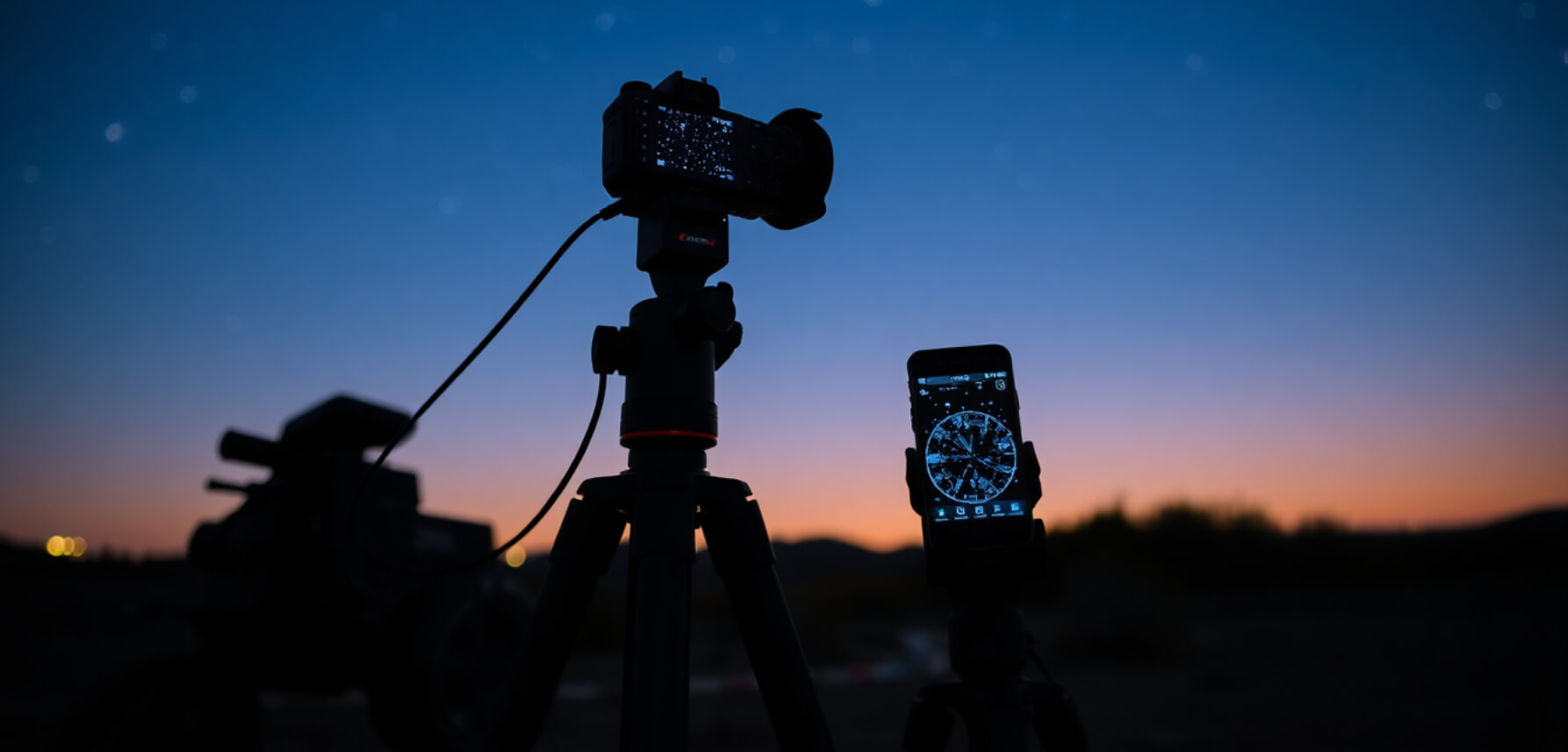
The key to great star trail photography is mastering your camera settings. Shooting in manual mode is essential, as it gives you full control over exposure time, aperture, and ISO. Here are the settings to start with:
Note: Instead of taking one long exposure, you should take multiple shorter exposures (hundreds, ideally) to avoid overexposing the image or overheating the sensor. In post-processing, you can stack these images to create the star trail effect.
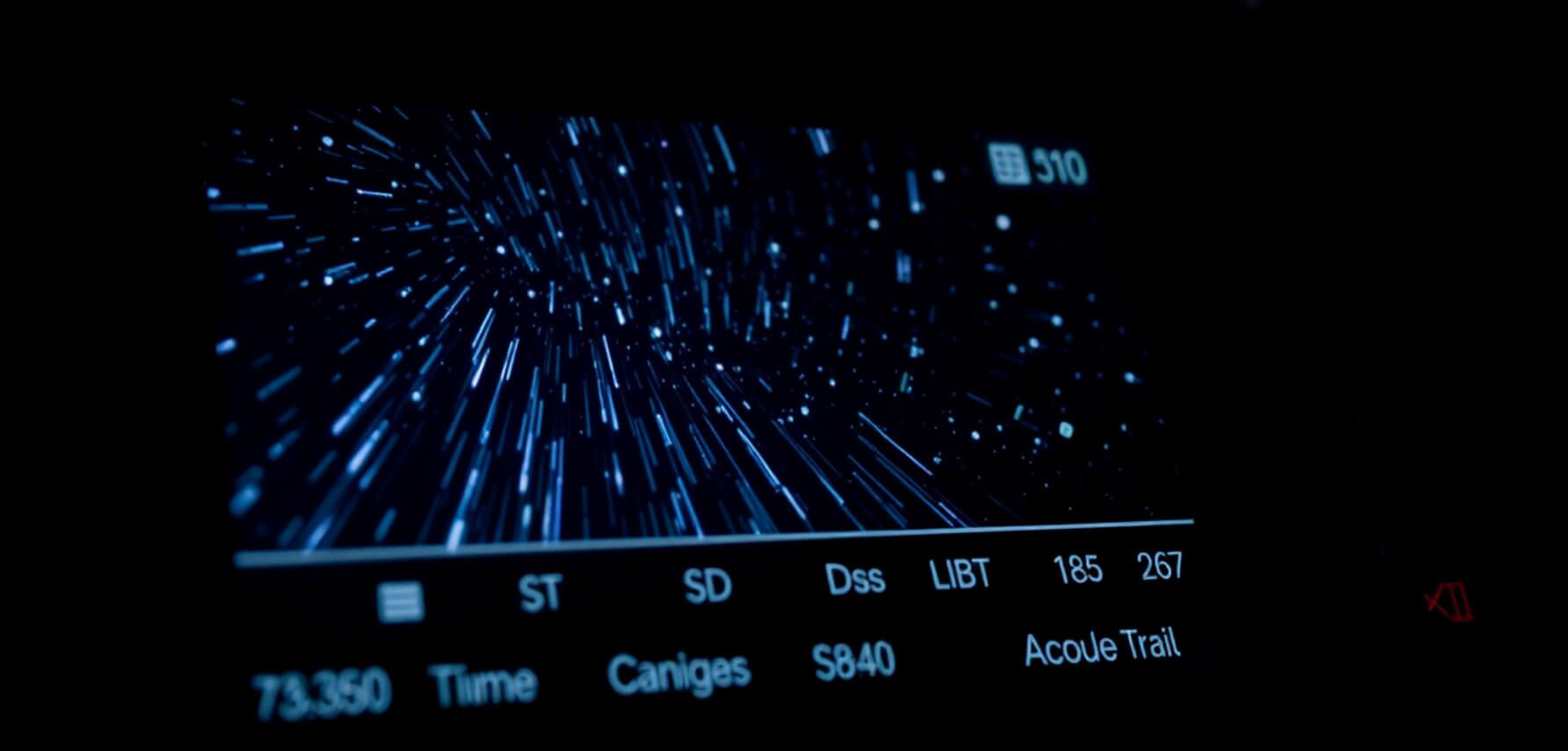
Once you’ve taken hundreds of individual exposures, the next step is stacking them into a single image to create the beautiful, continuous star trails.
Post-Processing Tools:
Tip: You can also use editing apps to fine-tune the final image and enhance the details. Apps like Lightroom or Photoshop Express can help you polish your photos like a professional.
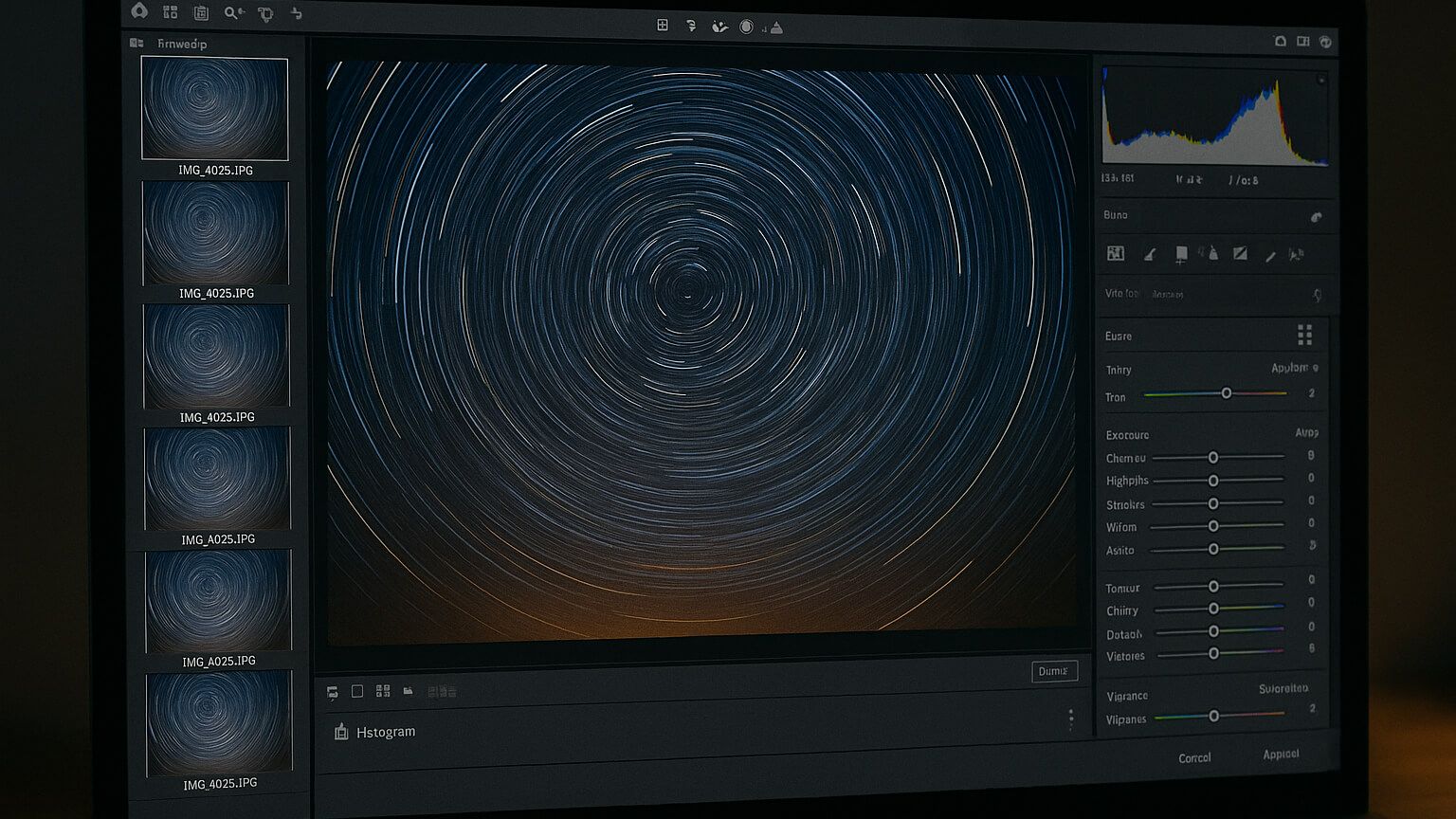
Star trails are stunning on their own, but you can elevate your shots with a bit of creativity. Here are a few ways to make your star trail photos stand out:
Tip: For more inspiration, check out how photographers use creative effects like double exposure photography to combine movement with static elements.
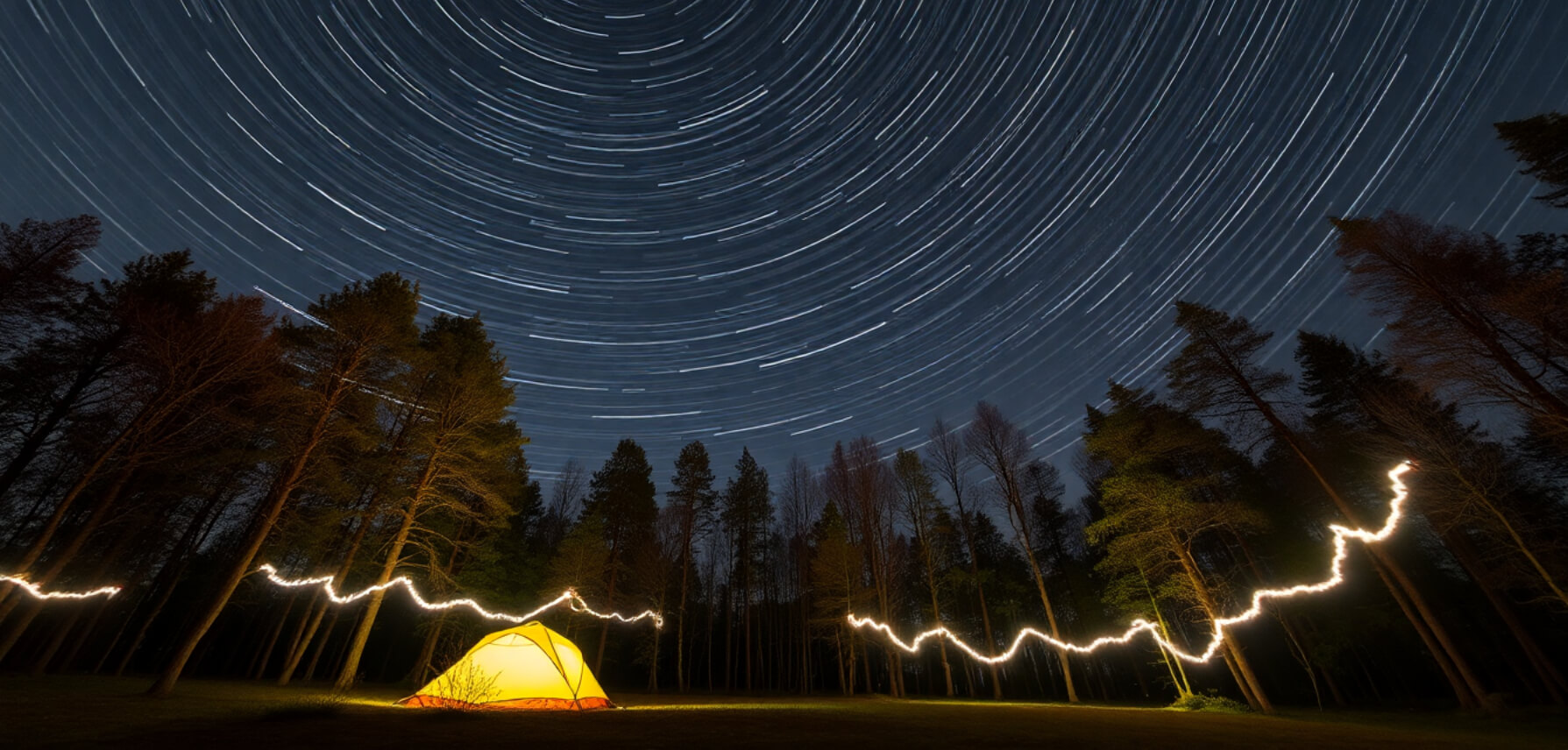
Star trail photography is where patience meets magic. It’s not just about taking a photo—it’s about capturing the motion of time itself. With the right gear, location, and editing tools, you can create breathtaking images that feel like they’re from another galaxy.
Don't forget: editing your star trail shots with tools like those in the photo restoration or object removal guides can enhance clarity and remove distractions.
Stay up to date with the newest tips, gear reviews, and step-by-step guides to elevate your photography journey from home and beyond.